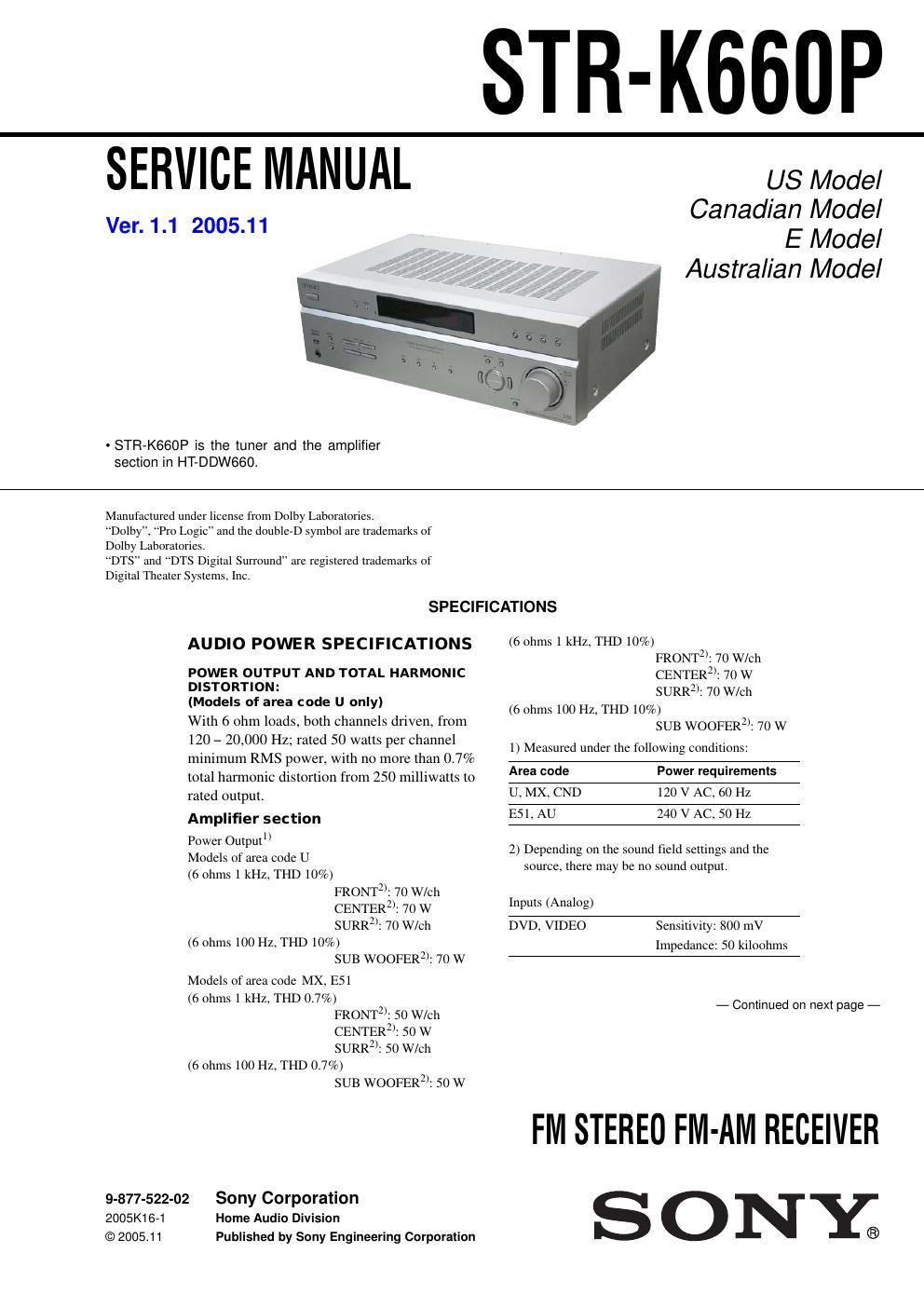Sony str k 660 p service manual
This is the 44 pages manual for sony str k 660 p service manual.
Read or download the pdf for free. If you want to contribute, please upload pdfs to audioservicemanuals.wetransfer.com.
Page: 1 / 44
